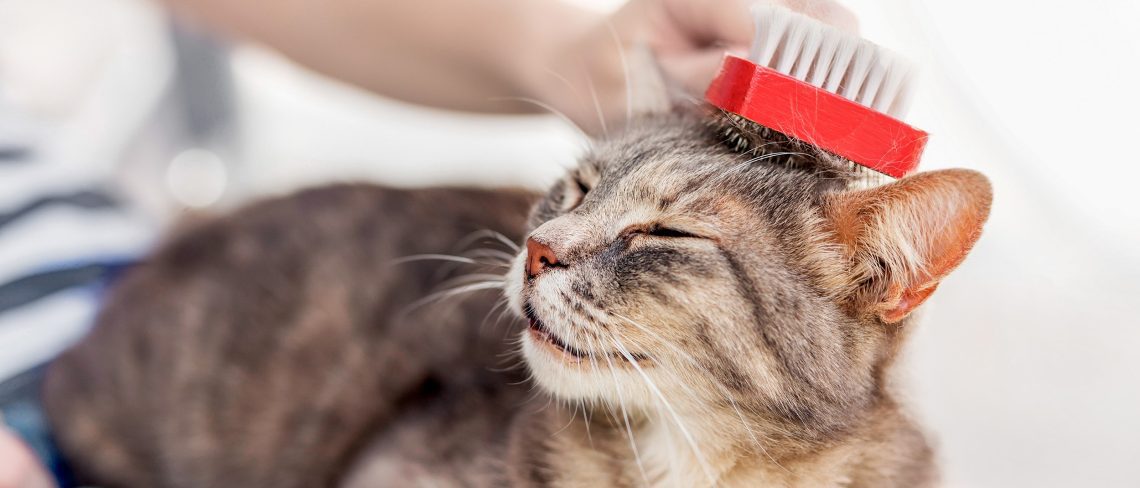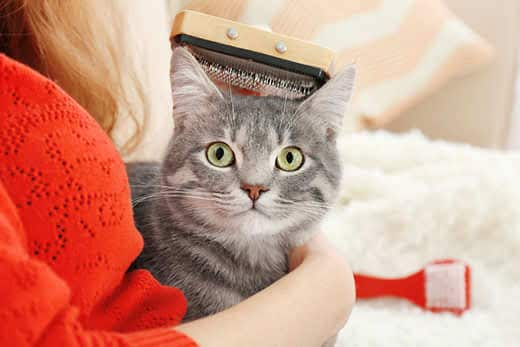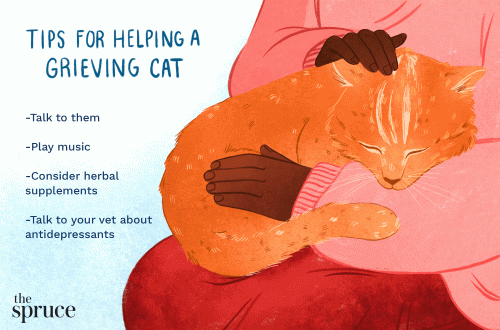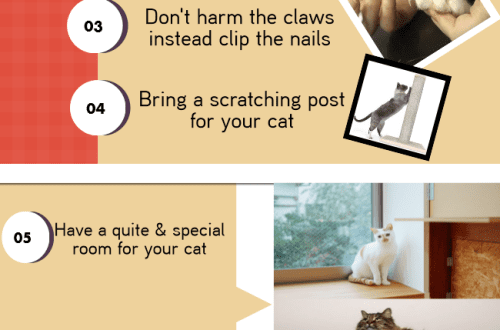
Hygienic grooming of cats: does a pet need professional grooming?
These fluffy beauties are very whimsical in matters of personal hygiene, but they do not always manage to cope well enough with care. Therefore, some owners are wondering if they need grooming for cats.
Before signing up for the procedure, let’s figure out what grooming is.
Contents
Cat grooming: the benefits of grooming
While cats are really good at grooming themselves, managing to keep their coats shiny and their skin healthy, they just can’t physically get to some places. This is why regular brushing is so important.
Grooming your cat’s coat helps maintain its health and well-being. “One to two brushings per week will help maintain a healthy sheen,” ASPCA explains. “You will understand the importance of regular brushing when the cat begins to age and can no longer take care of itself so carefully.”
Brushing out the undercoat of cats also helps:
- remove dead hairs;
- reduce tangling of wool;
- reduce the likelihood of the formation of hairballs in the stomach;
- remove dirt from wool.
According to Greencross Vets, grooming helps to identify areas of irritation on the skin, as well as any lumps and bumps that hide under the coat.
Cat Grooming: When to Call a Groomer
One of the most common causes is matted fur on a cat. Some owners resort to the help of specialists if the pet has a quick temper or they are not sure that they can handle the care on their own.
Strongly matted fur in a cat: what to do
Short-haired cats should be groomed at least once a week, and long-haired cats at least once or twice a day. Using the right tools and techniques to groom your cat makes brushing a lot easier. However, there are times when the owners do not cope with this task.
If your cat has matted hair on its back, various debris can get stuck in it, such as litter pellets from a tray, it’s time to take it to a professional. The back is a tricky area to unravel. Most likely, the pet will not be happy with your attempts to untangle the hair in this area. Do not cut the cat’s hair with scissors. There is a risk of damaging the thinnest skin of the animal. In severe cases, shaving may be required instead of combing. If the coat has matted so much that the cat has tangles that cannot be combed out with a brush or comb, it’s time to use the services of a professional groomer.

Restless or nervous cat
Not all cats like to be touched, so caring for them is not always an easy task. However, professional groomers are trained to calm pets in the process.
Just placing a cat in a carrier can cause stress for her, so you can call a specialist at home. Many companies and individuals offer mobile grooming services. So cats can enjoy “spa treatments” in the most comfortable environment for them. Before calling, you should study the recommendations and choose a reliable specialist.
There are ways to make it easier for a cat to care for a cat at home. The American Association of Feline Practitioners (AAFP) recommends grooming while she is still a kitten. “Wait until the cat is in a good mood,” the AAFP says, adding that “frequent short grooming sessions are better than infrequent and long ones.”
Over time, you can build the right grooming regimen, and small rewards after brushing will help develop good habits in her.
What does professional grooming include?
The treatment includes brushing or combing, bathing, nail trimming and eye and ear cleaning. The Best Friends Animal Society recommends taking a class with a professional groomer to learn basic pet care skills: professional grooming sessions.
How often should you take your cat to a professional groomer? With regular brushing and grooming at home, a cat will likely only need to see a groomer four times a year—about once a season. And for services like nail trimming, the ASPCA recommends seeing a groomer every 10-14 days.





